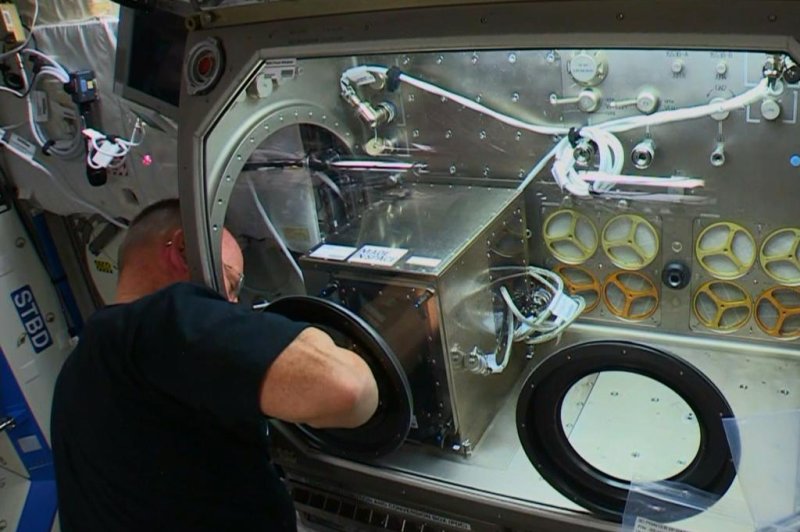WASHINGTON, Nov. 18 (UPI) -- The International Space Station is now home to a 3-D printer, after NASA astronaut Barry Wilmore spent most of Monday unpacking and installing the machine. He and his colleagues will soon begin experimenting with additive manufacturing in microgravity.
The printer was engineered by the California-based company Made In Space and delivered to the space station in late September, but its installation had to be put off while astronauts wrapped up a few time-sensitive experiments.















